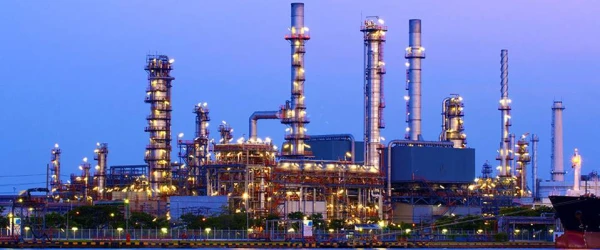
Many factors influence fuel consumption.
First of all, fuel consumption is influenced by aerodynamics, engine power and torque at low RPM, as well as road surface resistance. A significant amount of energy is spent on accelerating to optimal speeds, after which most of the effort is spent overcoming environmental resistance. Therefore, to reduce harmful emissions from the exhaust, ecologists recommend using a simple technique for managing the gas pedal. It should only be pressed during the start, and after reaching a speed of 30 km/h, light touches are sufficient. This will allow the engine to not exceed 2500 RPM, which is quite enough for city driving.
The Higher, The Better
Next, it is necessary to switch to a higher gear as quickly as possible. At a speed of 30 km/h, the fourth gear should be engaged, and at 60 km/h, the sixth. This will allow the engine to operate at a level below 2000 RPM, which will significantly reduce fuel consumption. For example, at 3000 RPM, fuel consumption is 3.5 times higher than at 1500 RPM.
Thus, driving at a speed of 50-60 km/h in the highest gear will reduce the consumption of a 1.6-liter engine to 4-5 liters per 100 kilometers. This method is especially useful when the fuel level is close to empty, and it is necessary to reach the nearest gas station.
In addition, modern cars are equipped with a “Start-Stop” system that automatically turns off the engine during forced stops. In older models, the driver can turn off the engine manually. Stopping in traffic jams and at traffic lights without a running engine provides additional fuel savings of up to 5%. However, it is important to remember that frequent starts can negatively affect the mechanics, so it is better to turn off the engine during stops exceeding one minute.
Tires and Aerodynamics
To save fuel, it is important to maintain maximum tire pressure. Many manufacturers recommend inflating the front tires to 2.3 atm and the rear tires to 2.1 atm. This is the optimal pressure for comfort. However, if the tires are inflated to 2.8 atm, the contact area of the tires with the road will decrease by about 1.5 times, which will reduce rolling resistance and provide about 10% fuel savings.
But most importantly, to prevent increased fuel consumption, it is necessary to maintain the aerodynamics of the vehicle. Roof racks, unnecessary sporty body kits, and homemade spoilers can significantly disrupt the airflow around the body. Turbulent vortices form behind the car, creating a low-pressure zone that hinders movement. Currently, all cars undergo testing in wind tunnels, where engineers strive to optimally shape the body so that the airflow disperses and becomes chaotic at a significant distance behind the car. The best body shape in terms of aerodynamics is considered to be a sedan.












